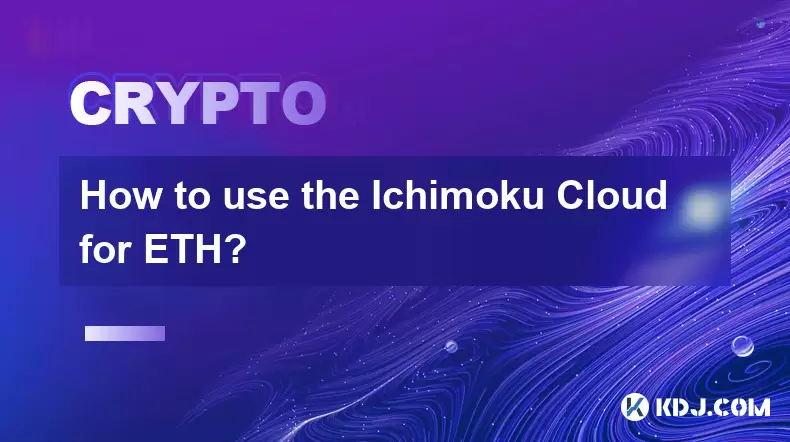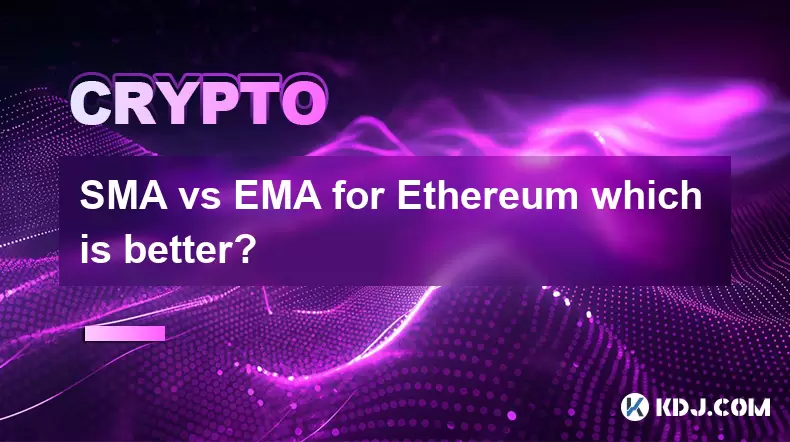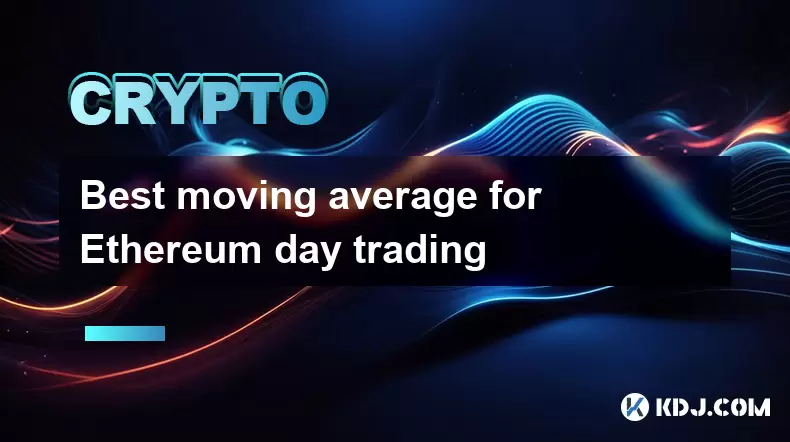-
 Bitcoin
Bitcoin $118100
-0.44% -
 Ethereum
Ethereum $3585
5.43% -
 XRP
XRP $3.434
5.65% -
 Tether USDt
Tether USDt $1.000
0.02% -
 BNB
BNB $743.8
3.89% -
 Solana
Solana $178.7
3.84% -
 USDC
USDC $1.000
0.03% -
 Dogecoin
Dogecoin $0.2381
12.81% -
 TRON
TRON $0.3270
3.62% -
 Cardano
Cardano $0.8315
4.93% -
 Hyperliquid
Hyperliquid $44.51
-4.42% -
 Stellar
Stellar $0.4710
1.52% -
 Sui
Sui $3.896
-2.51% -
 Chainlink
Chainlink $18.09
6.98% -
 Hedera
Hedera $0.2681
9.31% -
 Bitcoin Cash
Bitcoin Cash $516.7
4.83% -
 Avalanche
Avalanche $23.95
6.96% -
 Shiba Inu
Shiba Inu $0.00001490
5.67% -
 UNUS SED LEO
UNUS SED LEO $8.966
0.80% -
 Toncoin
Toncoin $3.294
4.39% -
 Litecoin
Litecoin $105.4
4.69% -
 Polkadot
Polkadot $4.356
5.30% -
 Uniswap
Uniswap $10.29
17.25% -
 Monero
Monero $327.9
-3.04% -
 Bitget Token
Bitget Token $4.942
4.33% -
 Ethena USDe
Ethena USDe $1.001
0.08% -
 Pepe
Pepe $0.00001348
2.17% -
 Dai
Dai $1.000
0.02% -
 Aave
Aave $320.8
0.58% -
 Bittensor
Bittensor $411.8
-4.07%
What is the total circulation of Polymath (POLY) coins?
The capped supply of 947,293,000 POLY ensures scarcity, preventing inflation and safeguarding the value of existing tokens.
Dec 28, 2024 at 01:26 am

Key Points
- Overview of Polymath (POLY)
- Use Cases of Polymath (POLY)
- Total Circulation Supply of Polymath (POLY)
- Factors Affecting Polymath (POLY) Supply
- Market Distribution of Polymath (POLY)
- Future Outlook for Polymath (POLY) Supply
What is Polymath (POLY)?
Polymath (POLY) is a blockchain protocol that enables the creation and issuance of security tokens. These tokens represent ownership or rights to assets, such as real estate, commodities, or equity in a company. Polymath aims to make the issuance and management of security tokens more efficient, secure, and accessible.
Use Cases of Polymath (POLY)
- Real Estate Tokenization: Polymath is used to tokenize real estate assets, creating a more liquid market for these investments.
- Commodities Trading: Tokenized commodities can be traded more efficiently and transparently on blockchain-based platforms.
- Equity Crowdfunding: Polymath enables companies to raise capital through the issuance of security tokens, providing access to capital for early-stage businesses.
- Asset Management: Security tokens can be used to create investment funds that offer fractional ownership of portfolios of assets.
Total Circulation Supply of Polymath (POLY)
The total circulation supply of Polymath (POLY) is capped at 947,293,000 POLY. This limit is hard-coded into the protocol, ensuring that the supply will never exceed this amount.
Factors Affecting Polymath (POLY) Supply
- Token Issuance: When new security tokens are issued on the Polymath platform, the supply of POLY increases.
- Token Buybacks: Polymath may occasionally buy back and burn POLY to reduce the supply in the market.
- Lost or Destroyed Tokens: Tokens that are lost or destroyed permanently reduce the circulating supply of POLY.
Market Distribution of Polymath (POLY)
The Polymath (POLY) token is primarily distributed through the following channels:
- Token Sales: POLY tokens were initially offered for sale through a series of token sales.
- Mining: POLY tokens are also mined by validators on the Polymath network.
- Token Exchanges: POLY tokens are available for purchase and trading on various cryptocurrency exchanges.
Future Outlook for Polymath (POLY) Supply
The future supply of Polymath (POLY) will be influenced by several factors:
- Adoption of Security Tokens: The increased adoption of security tokens will lead to an increase in the issuance of tokens on the Polymath platform, increasing the supply of POLY.
- Demand for POLY: The demand for POLY will be influenced by the utility of the token within the Polymath ecosystem, as well as overall market sentiment for cryptocurrencies.
- Protocol Developments: Future developments to the Polymath protocol may introduce new mechanisms for altering the token supply, such as token-burning mechanisms or consensus-based supply adjustments.
FAQs
Q: Why is the supply of Polymath (POLY) capped?
A: The supply cap ensures that the token remains scarce and prevents inflation from diluting the value of existing tokens.
Q: How can I buy Polymath (POLY) tokens?
A: POLY tokens can be purchased on cryptocurrency exchanges such as Binance, Coinbase, and Kraken.
Q: What is the use of Polymath (POLY) tokens?
A: POLY tokens are used to pay transaction fees on the Polymath platform, secure the network through staking, and participate in governance decisions.
Disclaimer:info@kdj.com
The information provided is not trading advice. kdj.com does not assume any responsibility for any investments made based on the information provided in this article. Cryptocurrencies are highly volatile and it is highly recommended that you invest with caution after thorough research!
If you believe that the content used on this website infringes your copyright, please contact us immediately (info@kdj.com) and we will delete it promptly.
- Altcoins, Ethereum, and SharpLink: A New Era in Crypto Investment?
- 2025-07-19 09:15:12
- Coin Shop Homicide: Guilty Verdict After Decade-Long Wait
- 2025-07-19 08:50:13
- Ethereum's Ether Surge: Riding High at $3,700 – What's Fueling the Rally?
- 2025-07-19 09:15:12
- Shiba Inu, Pepe, and the Token Rally: What's Next for Meme Coins?
- 2025-07-19 08:50:13
- BlockDAG, XRP, and the Quest for Higher Returns: A 2025 Crypto Deep Dive
- 2025-07-19 09:15:14
- PEPE Coin, Ozak AI, and Crypto Analysis: Riding the Meme Wave to Potential Gains
- 2025-07-19 09:15:14
Related knowledge

How to add indicators to Ethereum chart on TradingView?
Jul 19,2025 at 07:15am
What Is an Ethereum Chart on TradingView?The Ethereum chart on TradingView is a visual representation of the price movement of Ethereum (ETH) over a s...

How to use the Ichimoku Cloud for ETH?
Jul 18,2025 at 09:56pm
Understanding the Ichimoku Cloud and Its ComponentsThe Ichimoku Cloud, also known as Ichimoku Kinko Hyo, is a versatile technical analysis tool that p...

SMA vs EMA for Ethereum which is better?
Jul 19,2025 at 12:36am
Understanding the Basics of SMA and EMAIn the world of cryptocurrency trading, especially when dealing with Ethereum, technical indicators play a cruc...

Best moving average for Ethereum day trading
Jul 19,2025 at 01:42am
Understanding the Role of Moving Averages in Ethereum Day TradingIn the realm of Ethereum day trading, moving averages are indispensable tools for ide...

How to customize USDT TRC20 mining fees? Flexible adjustment tutorial
Jun 13,2025 at 01:42am
Understanding USDT TRC20 Mining FeesMining fees on the TRON (TRC20) network are essential for processing transactions. Unlike Bitcoin or Ethereum, whe...

USDT TRC20 transaction is stuck? Solution summary
Jun 14,2025 at 11:15pm
Understanding USDT TRC20 TransactionsWhen users mention that a USDT TRC20 transaction is stuck, they typically refer to a situation where the transfer...

How to add indicators to Ethereum chart on TradingView?
Jul 19,2025 at 07:15am
What Is an Ethereum Chart on TradingView?The Ethereum chart on TradingView is a visual representation of the price movement of Ethereum (ETH) over a s...

How to use the Ichimoku Cloud for ETH?
Jul 18,2025 at 09:56pm
Understanding the Ichimoku Cloud and Its ComponentsThe Ichimoku Cloud, also known as Ichimoku Kinko Hyo, is a versatile technical analysis tool that p...

SMA vs EMA for Ethereum which is better?
Jul 19,2025 at 12:36am
Understanding the Basics of SMA and EMAIn the world of cryptocurrency trading, especially when dealing with Ethereum, technical indicators play a cruc...

Best moving average for Ethereum day trading
Jul 19,2025 at 01:42am
Understanding the Role of Moving Averages in Ethereum Day TradingIn the realm of Ethereum day trading, moving averages are indispensable tools for ide...

How to customize USDT TRC20 mining fees? Flexible adjustment tutorial
Jun 13,2025 at 01:42am
Understanding USDT TRC20 Mining FeesMining fees on the TRON (TRC20) network are essential for processing transactions. Unlike Bitcoin or Ethereum, whe...

USDT TRC20 transaction is stuck? Solution summary
Jun 14,2025 at 11:15pm
Understanding USDT TRC20 TransactionsWhen users mention that a USDT TRC20 transaction is stuck, they typically refer to a situation where the transfer...
See all articles

























































































